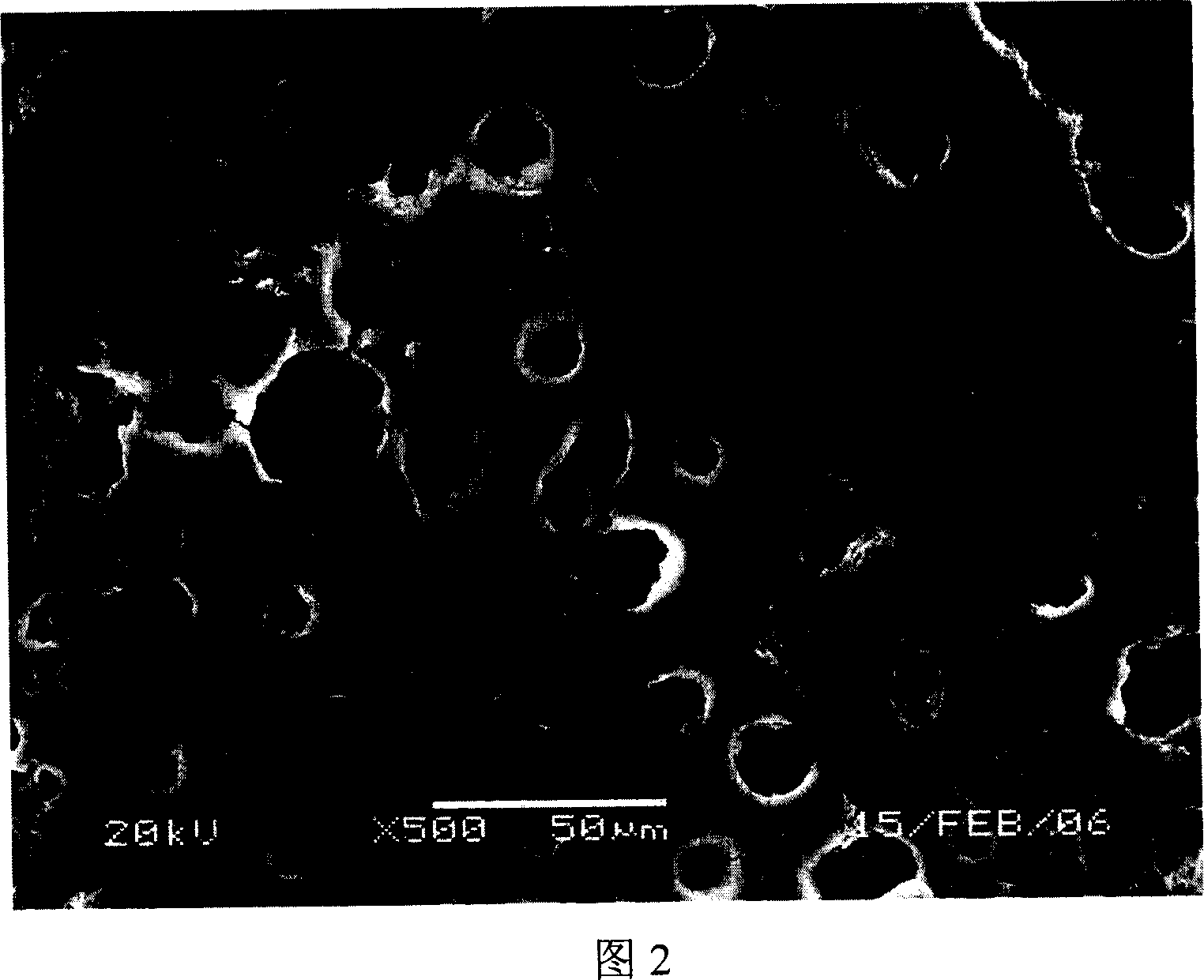A making method for lithium ion secondary cell
A lithium-ion battery and secondary battery technology, which is applied in secondary batteries, secondary battery repair/maintenance, secondary battery charging/discharging, etc., can solve the problem that the formation of ideal SEI film is not easy to control, battery cycle performance is not ideal, Long formation time and other problems, to solve the gas entrained electrolyte overflow, shorten the formation time, prolong the life of the effect
- Summary
- Abstract
- Description
- Claims
- Application Information
AI Technical Summary
Problems solved by technology
Method used
Image
Examples
Embodiment 1
[0036] This embodiment illustrates the formation method of the lithium ion secondary battery provided by the present invention.
[0037]Place the lithium-ion battery with the model LP053048A1 after liquid injection in a stainless steel rigid sealed tank that can withstand a pressure of 1.5 MPa, fill the sealed tank with argon within 1 minute until the pressure in the tank is 0.6 MPa, and then release the gas to Atmospheric pressure, repeated twice. Refill argon until the air pressure in the tank is 0.2 MPa, and then open the lithium-ion battery for formation. The condition of formation is to charge at 34 mA for 2 hours at a voltage of 4.2 volts, and then charge at a current of 67 mA. Stop charging after 3 hours of charging. After 10 minutes, the airtight jar was vented to normal pressure, and the liquid injection hole of the battery was sealed.
Embodiment 2
[0039] This embodiment illustrates the formation method of the lithium ion secondary battery provided by the present invention.
[0040] The lithium ion battery of the model after liquid injection is LP053048A1 is placed in the same rigid airtight can as in Example 1, and ethylene gas is filled in the airtight can to the air pressure in the can to 0.6 MPa within 1 minute, and then, the gas is released to normal Press, repeat twice. Fill the tank with ethylene gas until the pressure in the tank is 0.2 MPa, and then open the lithium-ion battery for formation. The conditions for formation are to charge at 34 mA for 2 hours at a voltage of 4.2 volts, and then charge at 67 mA. Stop charging after 3 hours. After 10 minutes, the airtight jar was vented to normal pressure, and the liquid injection hole of the battery was sealed.
Embodiment 3
[0042] This embodiment illustrates the formation method of the lithium ion secondary battery provided by the present invention.
[0043] The model after liquid injection is the lithium ion battery of LP053048A1 and is placed in the same rigid airtight jar as embodiment 1, fills propylene gas in the airtight jar in 5 minutes to the air pressure in the jar to be 0.6 MPa, then, deflate to normal Press, repeat twice. Fill the tank with propylene gas until the pressure in the tank is 0.2 MPa, and then open the lithium-ion battery for formation. The conditions for formation are to charge at a charging current of 34 mA for 2.5 hours at a voltage of 4.2 volts, and then charge at a current of 67 mA. Stop charging after 4 hours of charging. After 10 minutes, the airtight jar was vented to normal pressure, and the liquid injection hole of the battery was sealed.
PUM
| Property | Measurement | Unit |
|---|---|---|
| pressure | aaaaa | aaaaa |
Abstract
Description
Claims
Application Information
 Login to View More
Login to View More - R&D
- Intellectual Property
- Life Sciences
- Materials
- Tech Scout
- Unparalleled Data Quality
- Higher Quality Content
- 60% Fewer Hallucinations
Browse by: Latest US Patents, China's latest patents, Technical Efficacy Thesaurus, Application Domain, Technology Topic, Popular Technical Reports.
© 2025 PatSnap. All rights reserved.Legal|Privacy policy|Modern Slavery Act Transparency Statement|Sitemap|About US| Contact US: help@patsnap.com



